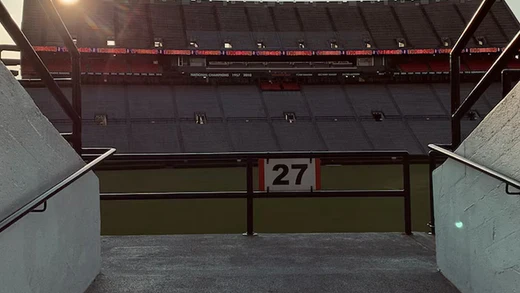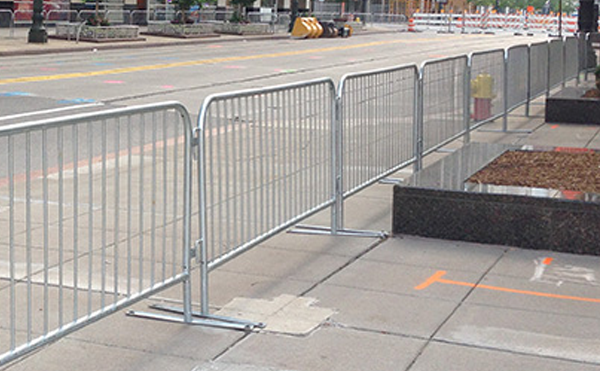The Importance of a Queue at Stadiums
Effective queueing is essential for maintaining safety and orderliness in any crowded public place, but nowhere is it more crucial than at stadiums. With thousands of people in attendance, stadiums can quickly become chaotic if proper crowd control measures are not in place. In this article, we will discuss the importance of a queue at stadiums, the safety regulations such as ADA compliance, and the products that can help ensure a smooth and safe experience for all attendees, such as steel barricades, retractable belt barriers, signage, and advertising.
Safety Regulations and ADA Compliance
Stadiums must comply with various safety regulations to ensure the safety of all attendees, including those with disabilities. The Americans with Disabilities Act (ADA) mandates that stadiums must provide equal access to individuals with disabilities. This includes providing accessible routes of travel to and within the stadium, as well as accessible seating options.
Effective queueing is essential to ensure ADA compliance. This means that stadiums must have adequate space and clear pathways for attendees with disabilities to navigate through the crowds. The use of appropriate crowd control products such as steel barricades and retractable belt barriers can help create these clear pathways and ensure that attendees with disabilities can move through the stadium safely and comfortably.
Steel Barricades
Steel barricades are a popular choice for crowd control at stadiums due to their durability and strength. These barricades are made of heavy duty steel, making them ideal for withstanding the rigors of a stadium environment. They can be used to create barriers around the stadium, separating different areas and guiding attendees to their designated areas.
Steel barricades can also be used to create clear pathways for attendees with disabilities to navigate through the crowds. By creating separate lanes or areas for attendees with disabilities, the overall flow of foot traffic can be improved, reducing the risk of accidents and injuries.
Retractable Belt Barriers
Retractable belt barriers are another popular choice for crowd control at stadiums. Able to be set up in a variety of configurations, these barriers are highly versatile, making them ideal for a variety of crowd control situations. They can be used to create barriers around specific areas or to create clear pathways for attendees to follow and for forming orderly visitor queues.
Retractable belt barriers are also highly customizable, they are available in a variety of lengths and colors, allowing stadiums to choose the perfect barrier to meet their specific needs. Additionally, retractable belt barriers can be custom printed with branding or messaging, making them ideal for use in advertising campaigns or to maintain team branding at sporting events.
Signage
Clear and concise signage is also essential for effective queueing at stadiums. Signs can be used to direct attendees to their designated areas, inform them of any safety regulations, or provide other important information. Signs should be easily visible and placed in strategic locations throughout the stadium.
Signage is also an excellent way to promote upcoming events or to advertise products and services. By placing signs strategically, stadiums can promote their events to attendees while also providing important information about safety regulations and other important topics.
Conclusion
Effective queueing is essential for maintaining safety and orderliness at stadiums. By complying with safety regulations such as ADA compliance and using appropriate crowd control products such as steel barricades and retractable belt barriers, stadiums can ensure that all attendees, including those with disabilities, can navigate the stadium safely and comfortably.

